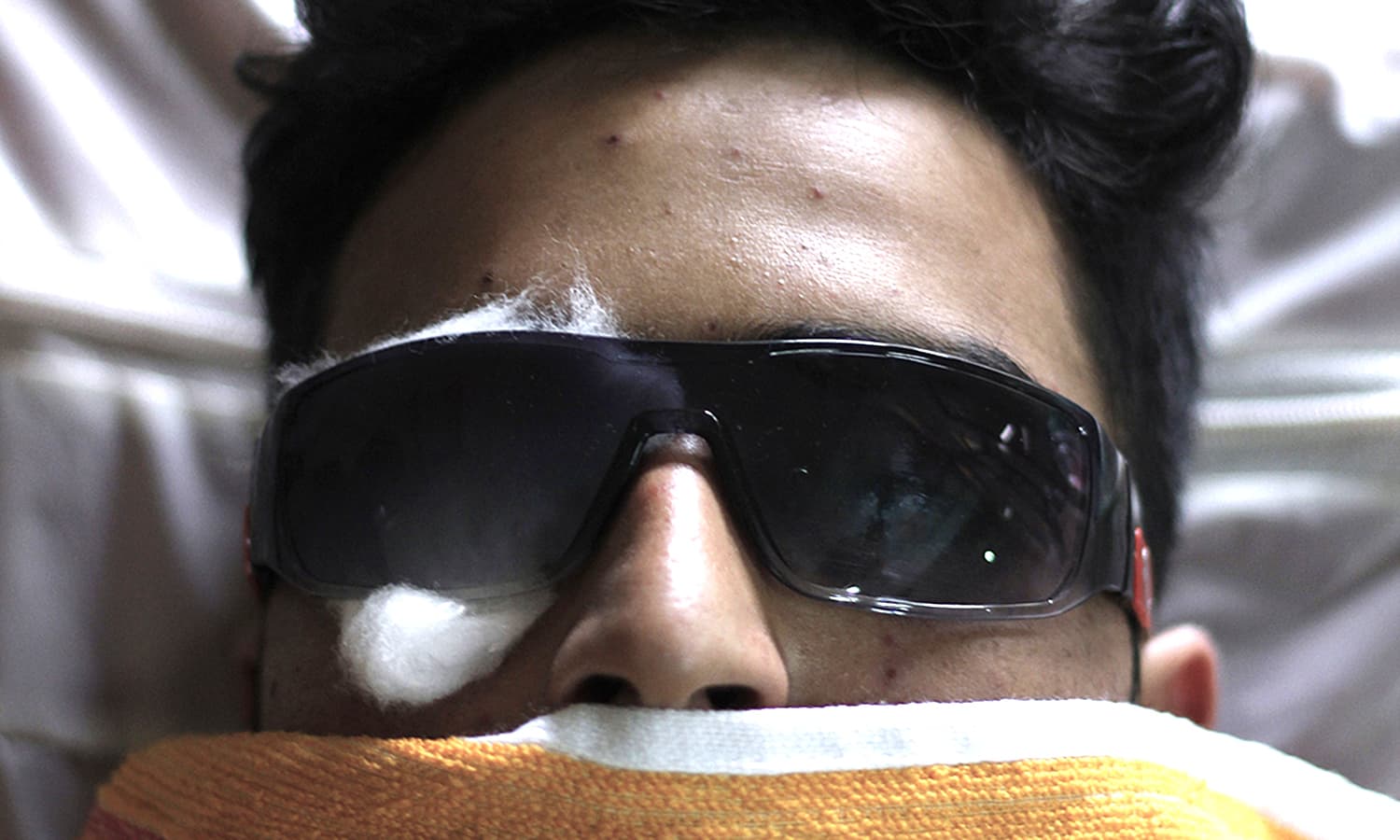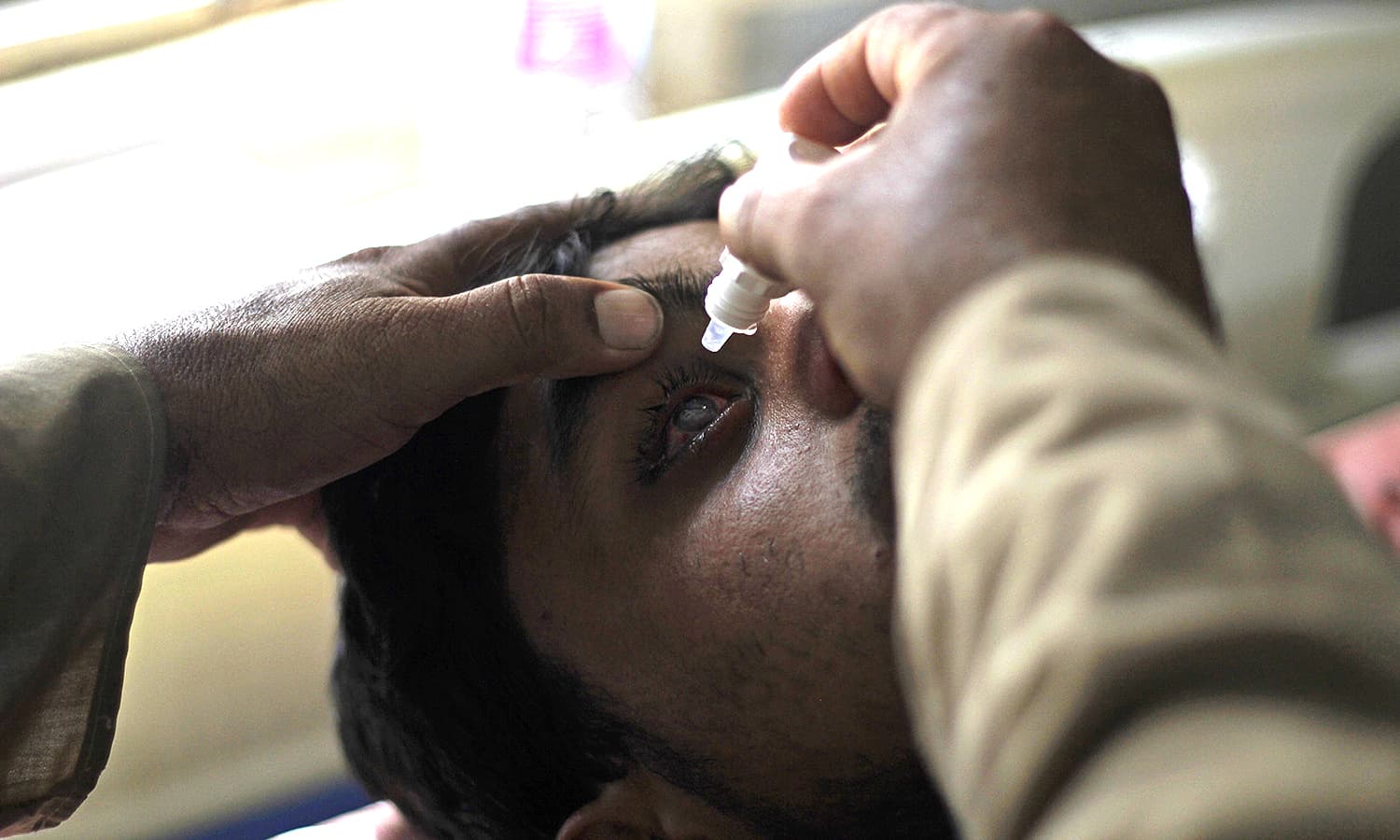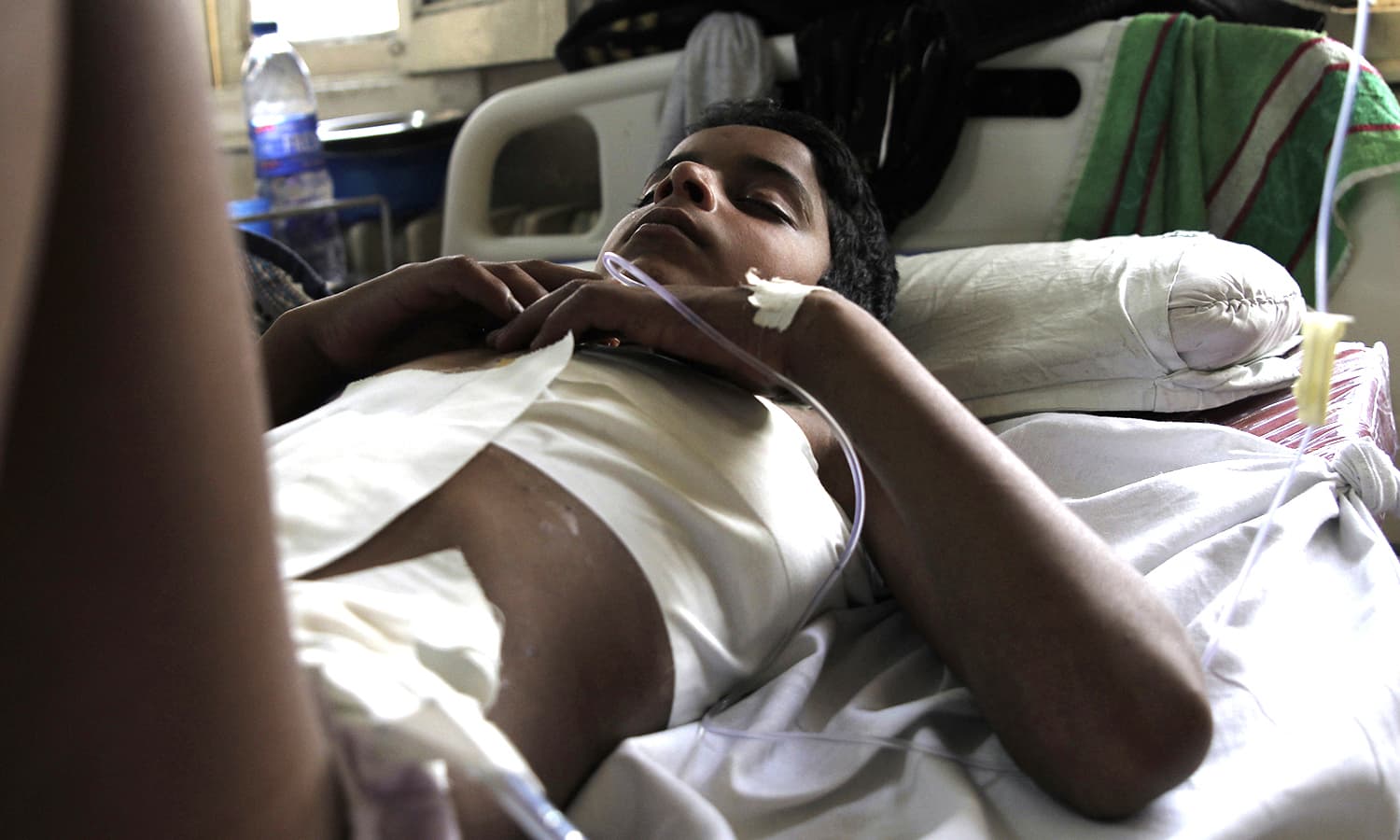What pellet guns have done to protesters in Kashmir
Another day dawns in Indian-administered Kashmir and people are rushed from different corners of the valley to the Shri Maharaja Hari Singh Hospital (SMHS) in Srinagar. The ophthalmology ward is packed and most of the injured carry pellet wounds, especially on the face and torso. The sight of the human damage caused by the indiscriminate use of pellet guns is a reminder of the Indian security forces’ impunity toward Kashmiri civilians.
The Indian police claims that pellet gun is a non-lethal weapon but according to the Kashmir Blind Spot Campaign (KBSC), the use of the gun — normally reserved for hunting animals — has resulted in more than 69 deaths.
If not always fatal, it leaves a lifelong impact on the victims.
According to the Indian government, 500 people have been injured by this weapon, most of whom have “multiple structural damage” to their eyes, requiring multiple surgeries and lengthy medical treatment.
The KBSC, however, reports a much higher number with more than 4,500 injured due to pellet wounds.
In the first 32 days of the conflict only, the Indian army had used 1.3 million pellets.
Amnesty International has called for pellet guns to be banned as it can cause blindness.

Doctors at the SMHS Hospital are exhausted. “We have been working multiple shifts at a stretch. The movement of the medical staff has been restricted due to the curfew,” said a doctor who did not wished to be named. “We are not sure how many of the injured will regain their eyesight,” he added.
Shooting protesters in the eyes is a deliberate tactic, since the official procedure demands that protesters be targeted below the waist.

If any doubt remains, let’s take Nasir’s example. No more than five years of age, I found him lying on the hospital bed, his left eye heavily bandaged. His father tells me that Indian security personnel grabbed his son and inserted a sharp metal object into his left eye. They alleged that Nasir had abused them, therefore the treatment he received was fully deserved. I asked if the boy was pelting stones at the Indian troops at the time and the father replied that the family was merely passing by amidst the strict.
Nasir's story is just one of the many stories at this hospital.
I tried to capture some of these stories in my camera.













All photos are by the author
Ahmer Khan is an independent photographer based in Kashmir. He covers South Asia for the Christian Science Monitor, and his works have also appeared in AlJazeera, BBC, Getty Images, and Foreign Policy.





